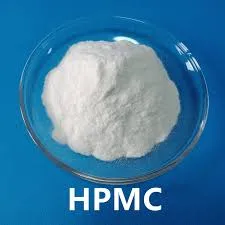

Common HPMC sources:

3)Temperature variations significantly affect the water retention of Methyl Cellulose. Generally, higher temperatures result in poorer water retention. If the temperature of the mortar exceeds 40℃, the water retention of Methyl Cellulose deteriorates, adversely affecting the workability of the mortar.


